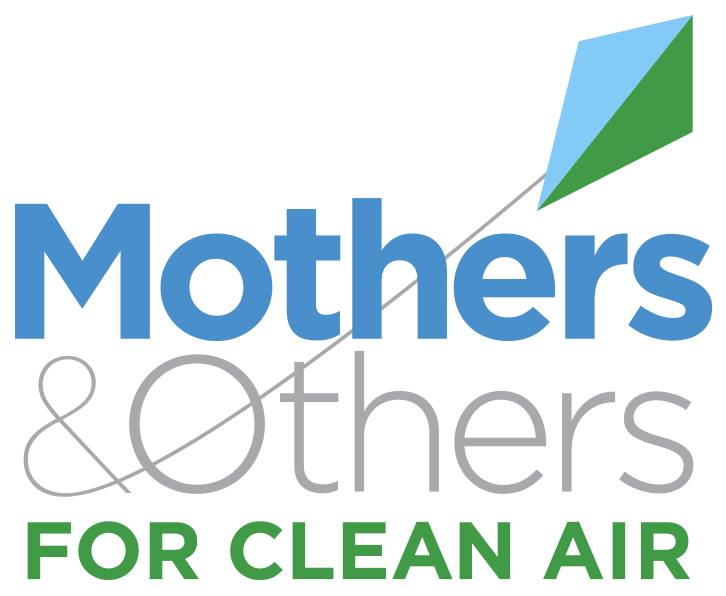Walking School Buses (WSBs), organized groups for children to walk to school under the supervision of adults, help reduce traffic congestion and contribute towards exercise. Routes are based largely on need, traffic safety and travel time, with exposure to air pollution not generally considered. This paper explores whether reductions in exposure can be achieved based on the side of the road travelled using data collected in Auckland, New Zealand. Exposure to air pollution was measured for a 25-min commute consisting of a 10-min segment along a quiet cul-de-sac and a 15-min segment along a main arterial road with traffic congestion heavier in one direction. Two participants were each equipped with a portable P-Trak ultrafine particle monitor and a portable Langan carbon monoxide monitor, and walked the route on opposite sides of the road simultaneously, for both morning and afternoon, logging 10-s data. The results suggest that pedestrians travelling on the footpath next to the less congested side of the road in the morning avoid many short-term peaks in concentration and experience significantly lower mean exposures than those travelling on the footpath next to the more congested side. Significant reductions in air pollution exposure could be made for children by taking into account the side of the road in WSB route design.
Published Dec 6, 2018
Dirks, K., Salmond, J., & Talbot, N. (2018). Air Pollution Exposure in Walking School Bus Routes: A New Zealand Case Study. International Journal of Environmental Research and Public Health, 15(12), 2802. https://doi.org/10.3390/ijerph15122802
